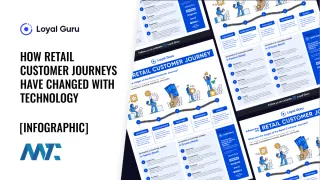This acronym represents the convergence of three powerful digital marketing trends that reshaped consumer engagement and brand strategies in the early 2010s. While the term has evolved, the concept remains central to how companies approach reaching audiences in an increasingly connected environment.
At its core, SoLoMo describes the way businesses leverage social networks, local relevance, and mobile accessibility to create more personalized, contextual, and real-time interactions with customers.
The Three Components of SoLoMo
- Social: This refers to the integration of social media platforms where people connect, share, and influence purchasing decisions. Social channels provide the trust layer, where peer recommendations and reviews often carry more weight than direct advertising.
- Local: The local dimension focuses on delivering geographically relevant content or offers. With location-based services such as GPS, beacons, and mapping apps, businesses can target users in specific areas—down to the neighborhood or even store level.
- Mobile: Mobile is the enabling technology that ties everything together. Smartphones and tablets enable consumers to access social platforms and local information at any time and from anywhere. Mobile devices also support push notifications, apps, and instant purchasing, making real-time engagement possible.
Business Applications of SoLoMo
When combined, these elements allow for powerful customer experiences. For example, a retail store might utilize SoLoMo strategies by running a geo-targeted mobile ad that offers a discount to consumers who check in on social media while visiting the store. Similarly, restaurants and service providers often rely on local search optimization and review platforms, such as Google Maps and Yelp, to attract nearby customers who are searching on their phones.
Another example is how event organizers encourage attendees to share their experiences socially, tie promotions to the event’s location, and facilitate everything through a mobile app. This creates a feedback loop where awareness spreads socially, action occurs locally, and the transaction is enabled via mobile.
Evolution of SoLoMo
Although the buzzword has faded somewhat, the principle has become even more embedded in marketing and product strategies. Features like Google Business Profiles, social commerce, mobile wallets, and hyperlocal delivery apps are all contemporary expressions of SoLoMo. Today, marketers rarely separate the three concepts because most modern campaigns assume that consumers are socially connected, locally engaged, and mobile-first.
SoLoMo was important because it highlighted a fundamental shift in consumer behavior: people no longer consumed digital experiences tethered to desktops or in isolation. They expected digital interactions to be socially validated, contextually relevant to their location, and seamlessly available on their mobile devices. Companies that recognized and adapted to this shift gained a significant advantage in customer acquisition, loyalty, and engagement.
